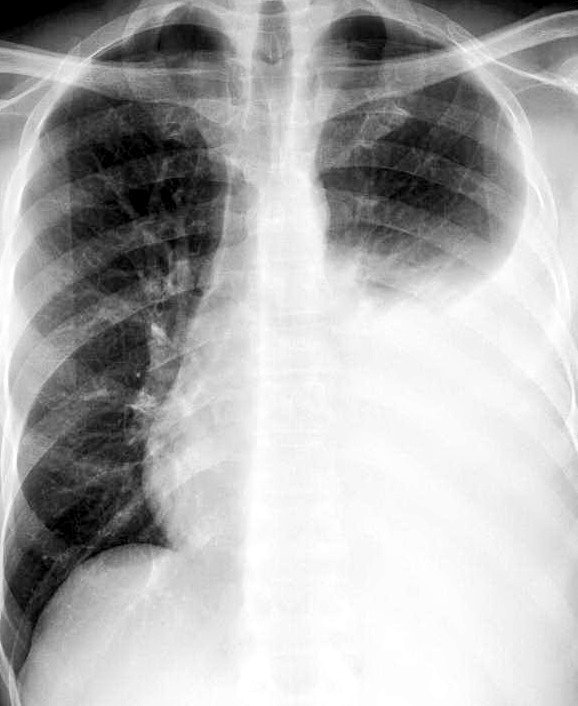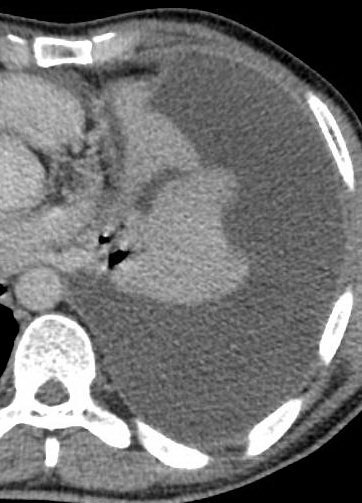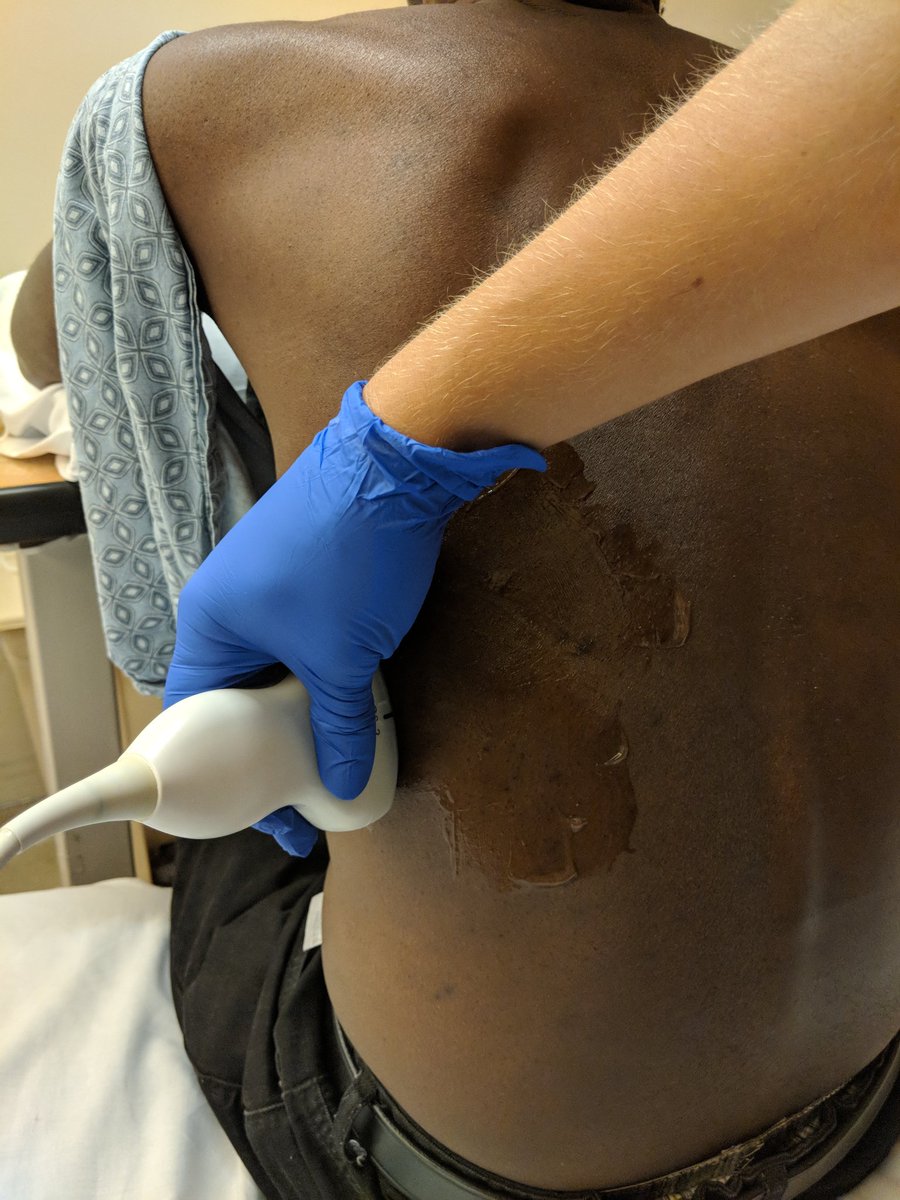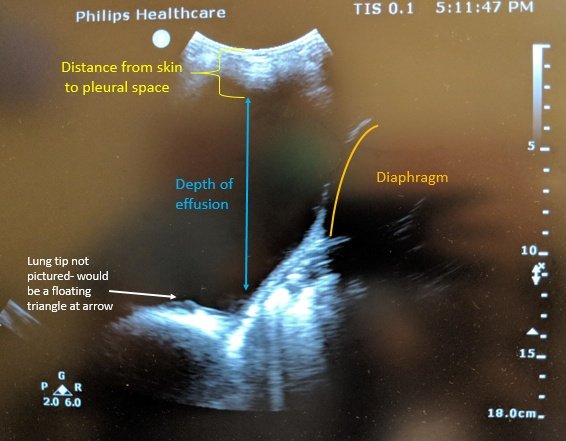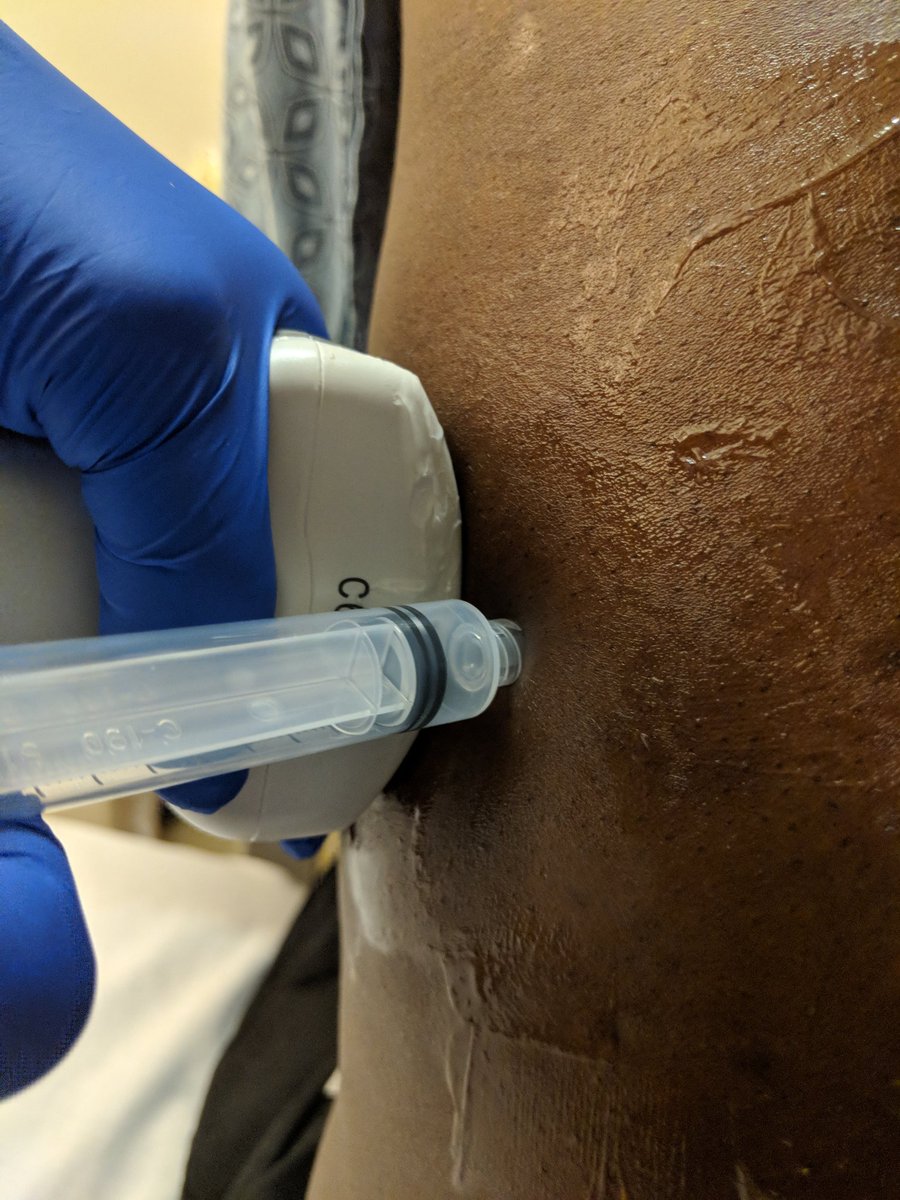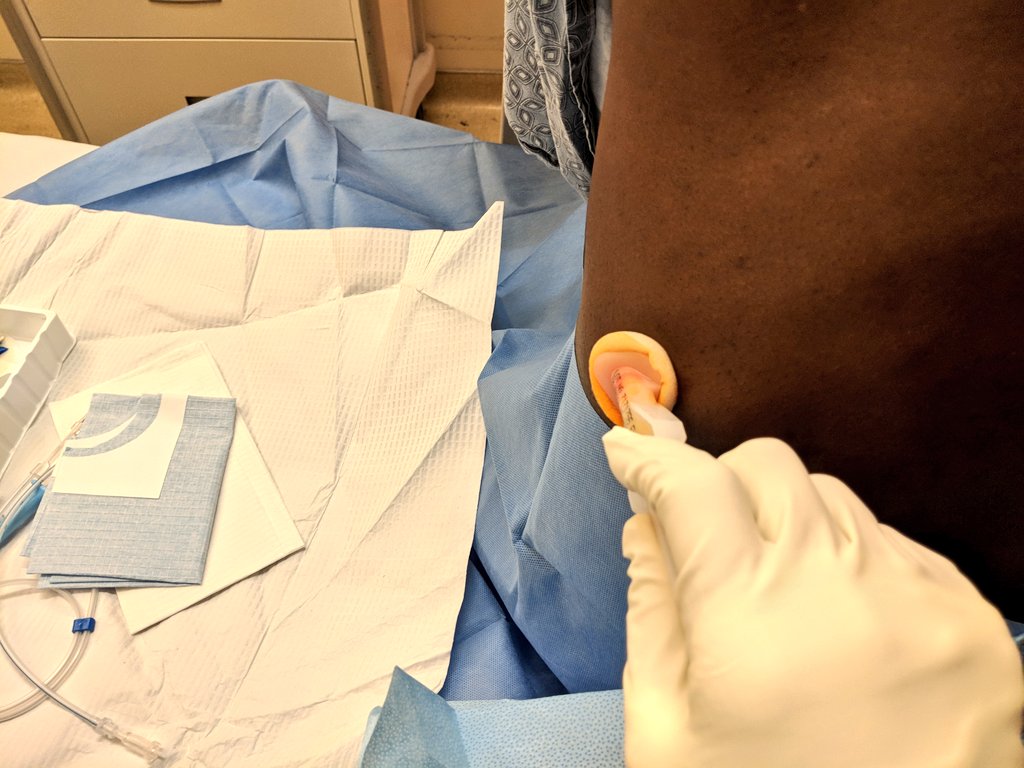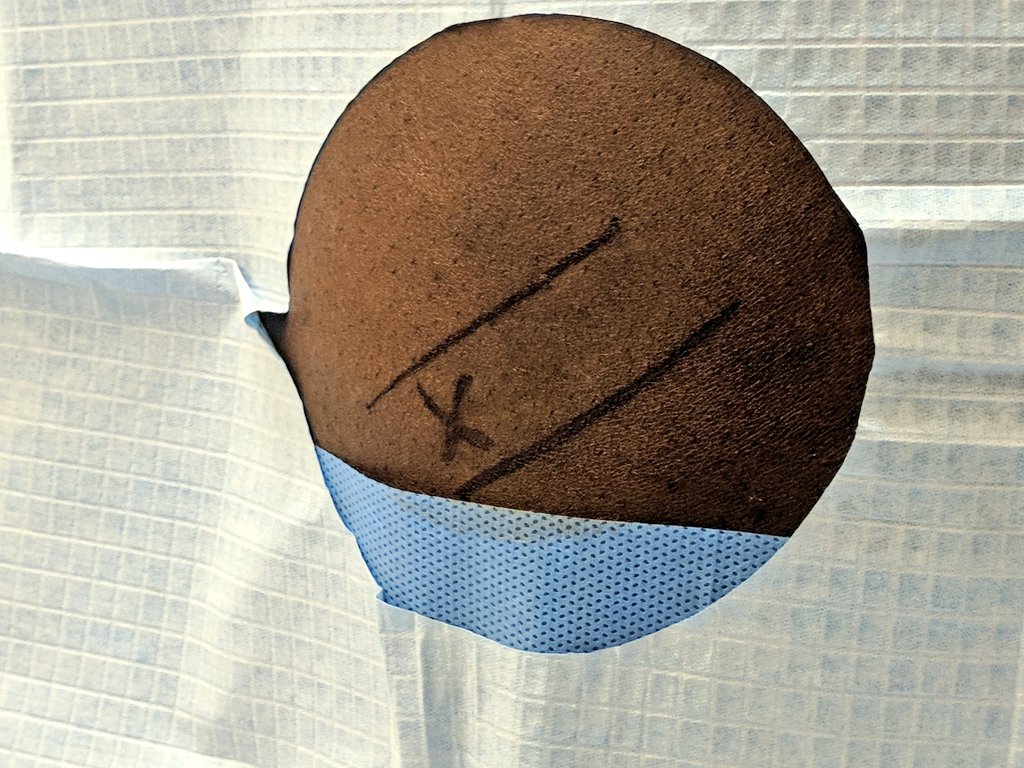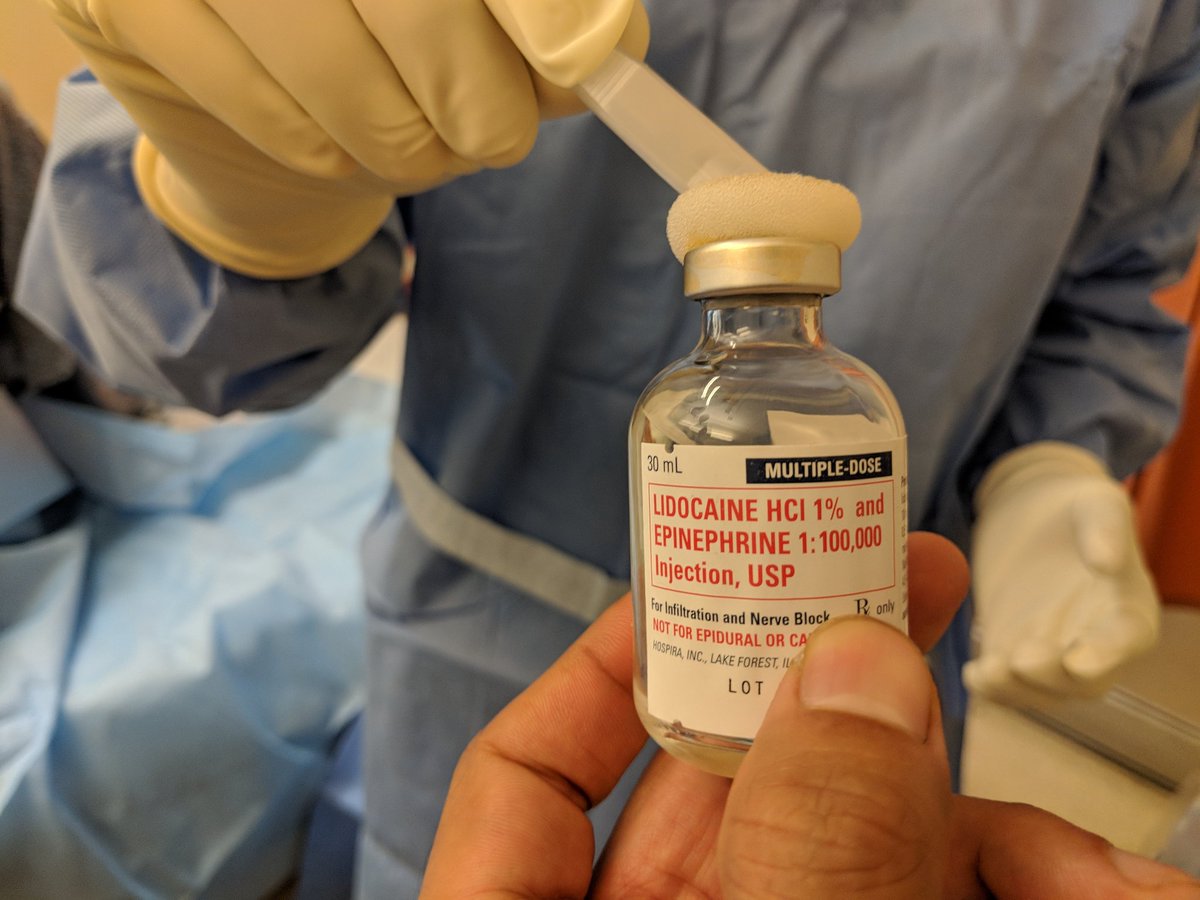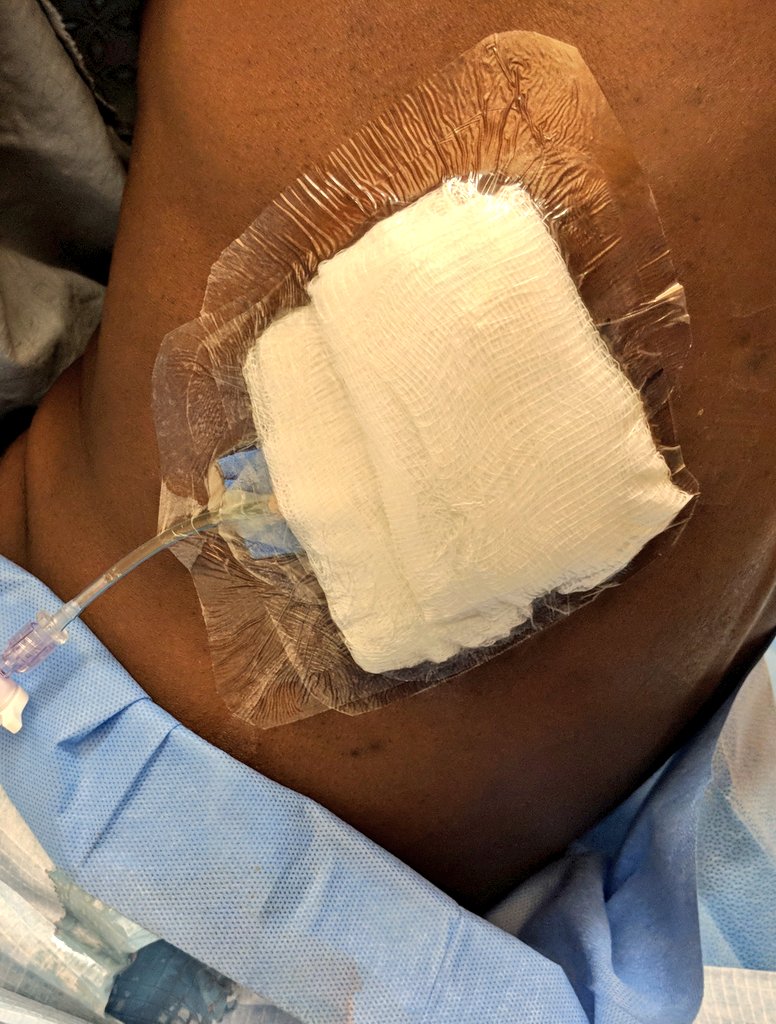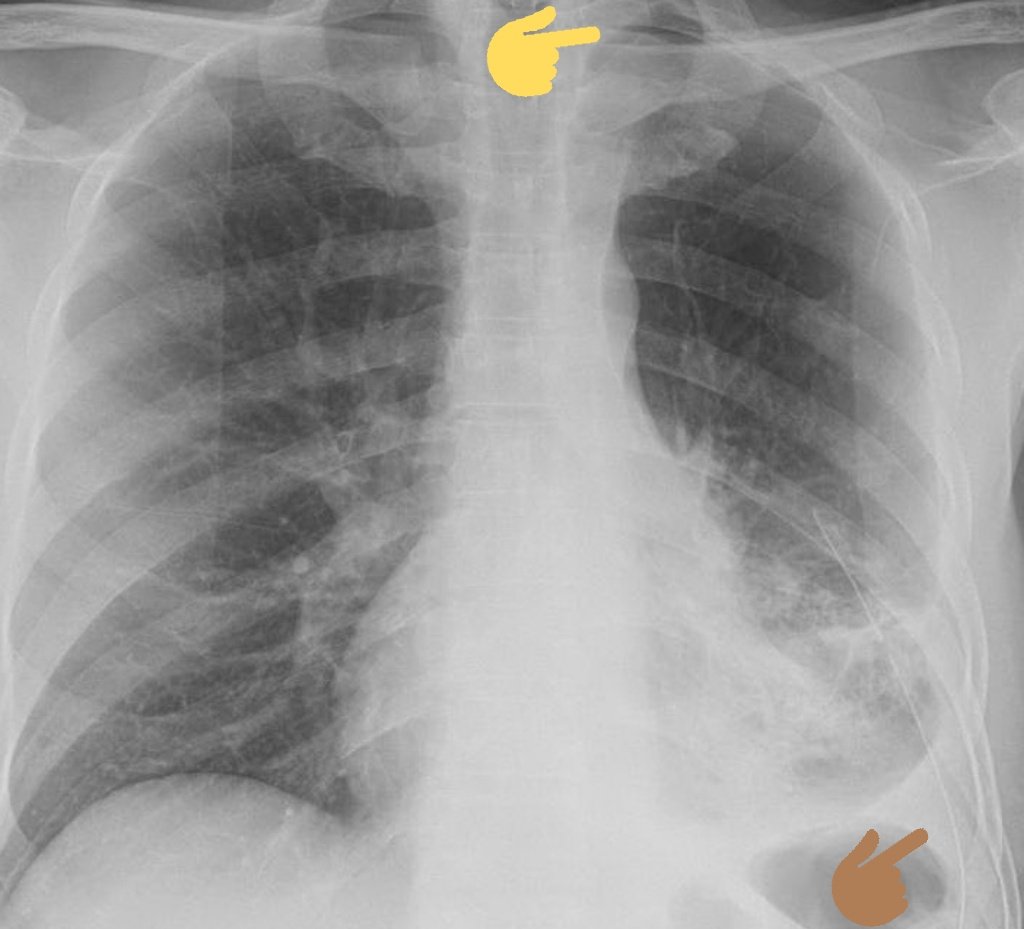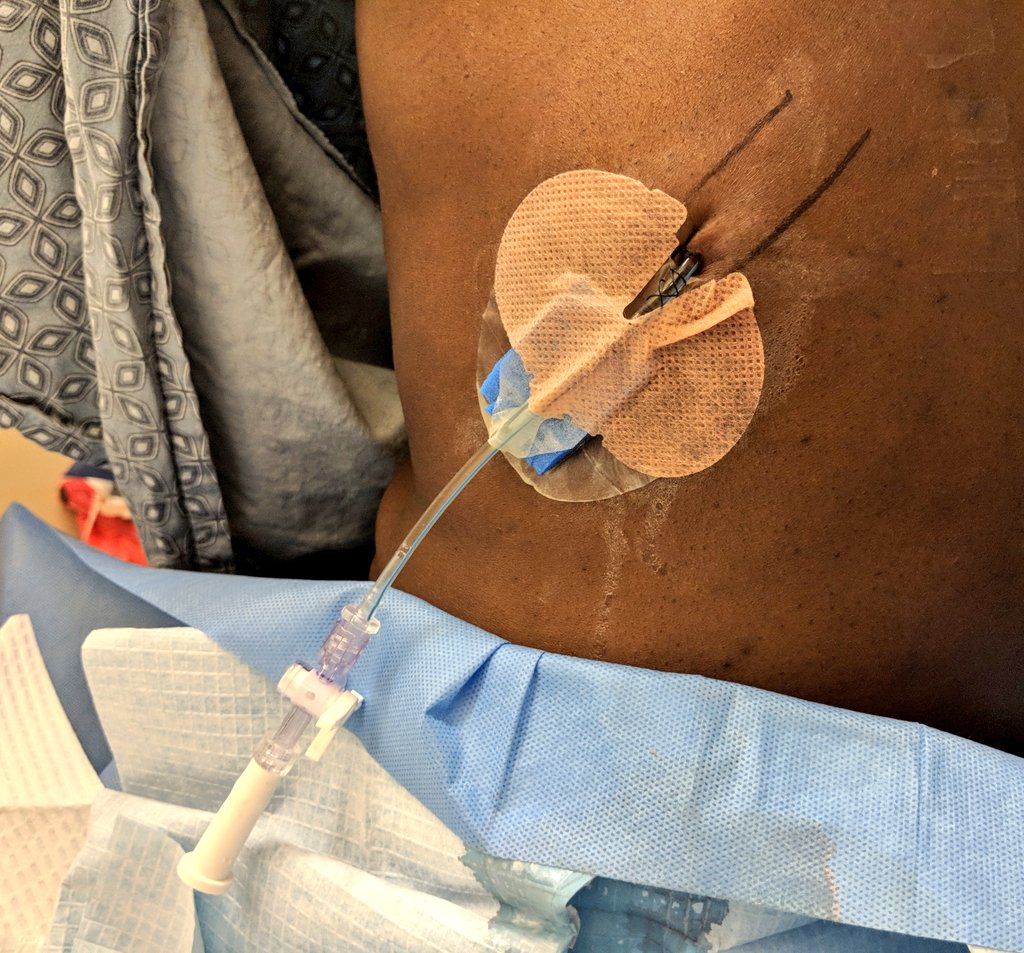
Remember to tell the patient before every stick.
Others may prefer to nick after wire placement, this is just my preference.
And of course safe sample management is critical. Needlesticks happen right now!
FYI: clamp the system using the stopcock on the tube or using the sliding clamp over the drainage to the box.
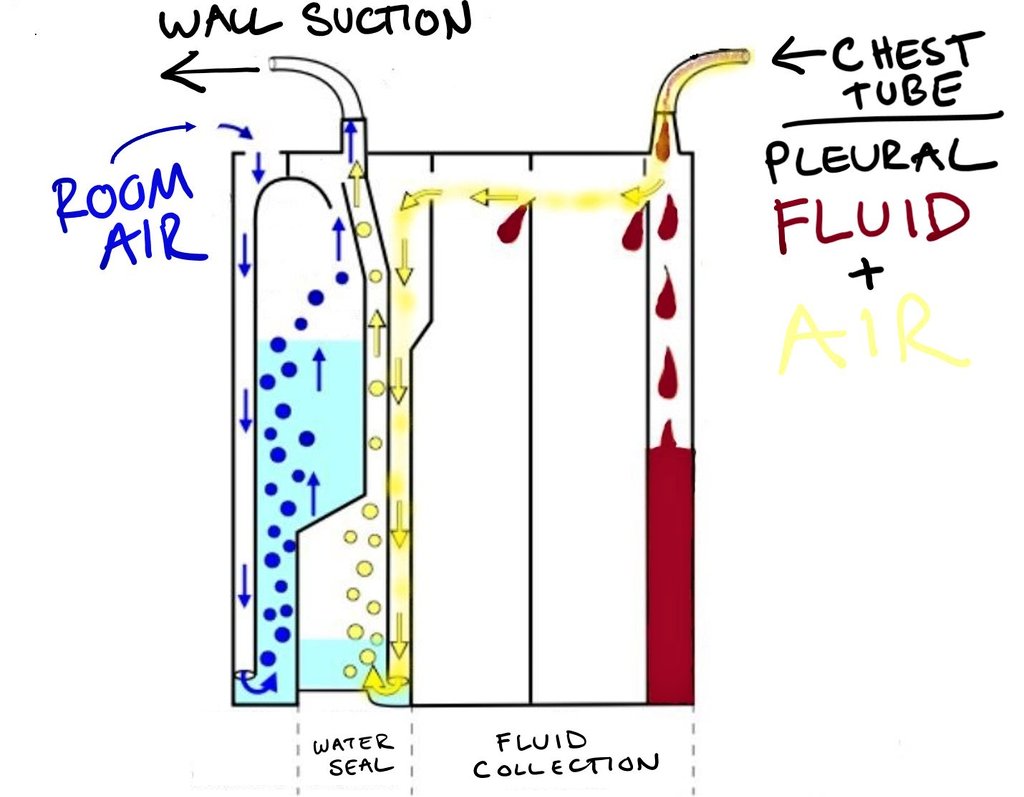
If you're interested please check out our thread on central line insertion below!
